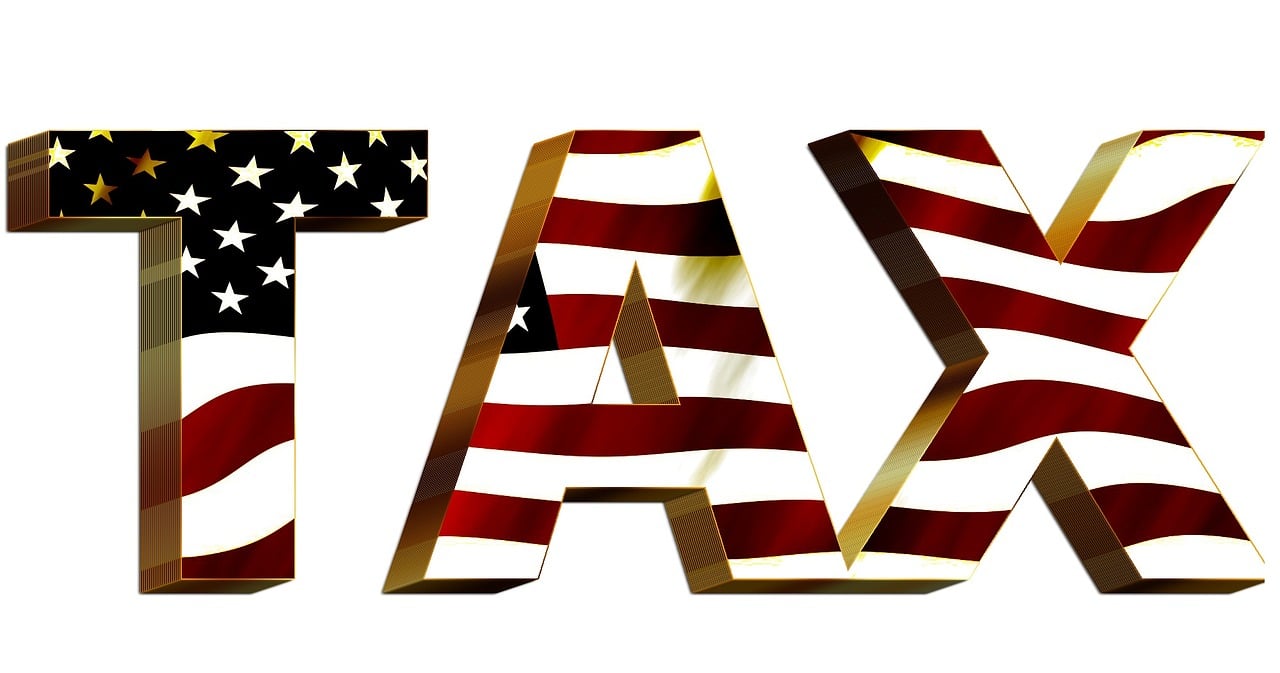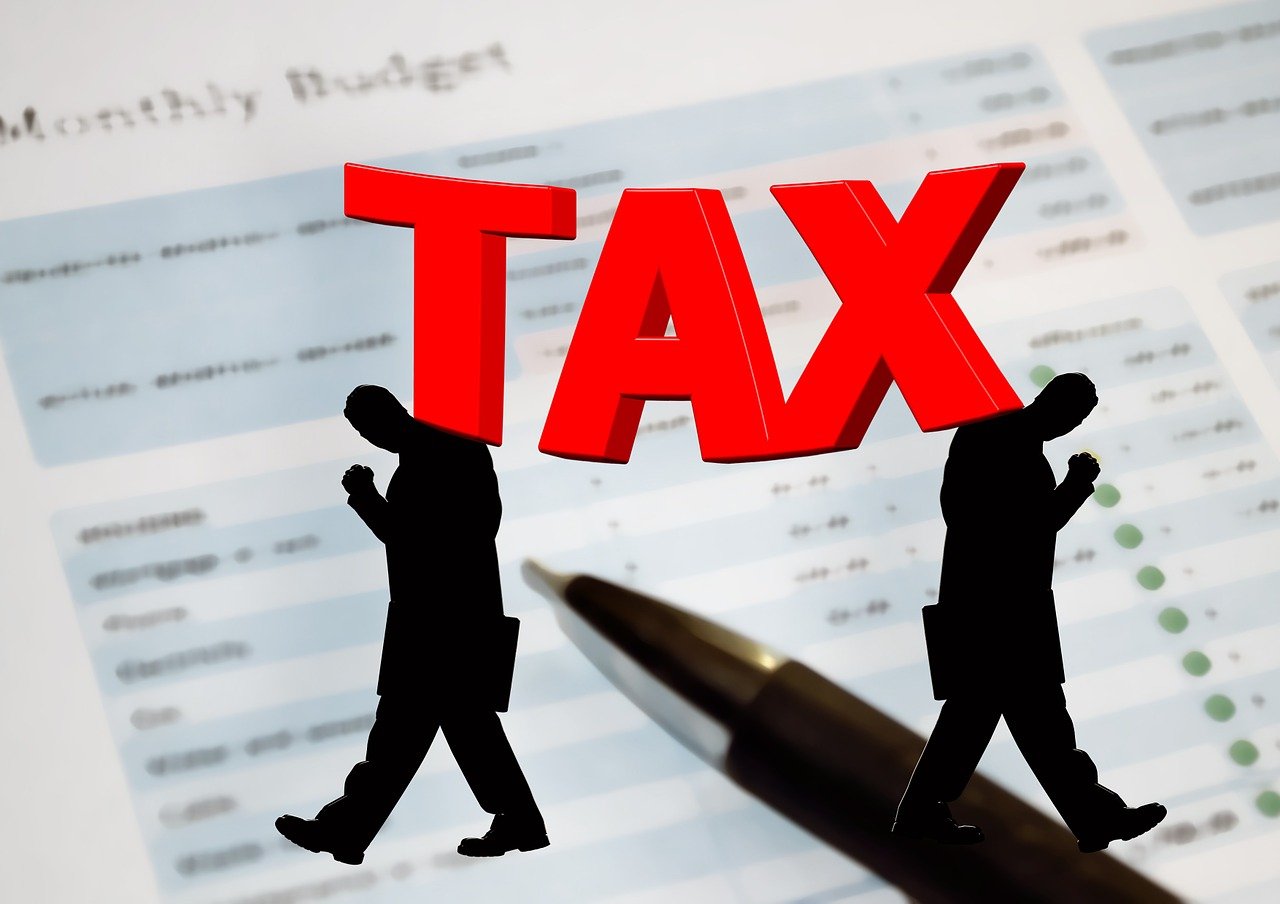In the rapidly evolving world of online commerce, understanding tax obligations is crucial for any seller aiming to thrive responsibly in 2025. Far beyond simple checkout calculations, ecommerce sales tax is a multifaceted challenge stretching across states and countries. As digital marketplaces expand, sellers face increasingly complex requirements: recognizing where sales tax applies, registering properly, collecting the right amounts, and remitting them timely. These obligations hinge significantly on the idea of “nexus” — the connection between a business and a tax jurisdiction. The 2018 South Dakota v. Wayfair decision reshaped the landscape, holding sellers accountable even without a physical presence in the buyer’s state through economic nexus thresholds. This seismic shift has made continuous nexus monitoring essential to avoid costly penalties. Moreover, product taxability can vary drastically depending on local laws. Without an accurate grasp of these nuances, sellers risk jeopardizing their reputation and financial health. Essential tools and services like TurboTax, Avalara, and Shopify Tax provide automation and precision, easing compliance burdens. This guide explores how to navigate these obligations effectively, ensuring your online business remains both competitive and compliant in today’s dynamic ecommerce environment.
Understanding Sales Tax Nexus: The Key to Online Tax Compliance
Sales tax nexus is the foundational concept underpinning tax obligations for online sellers in the United States. Simply put, nexus defines the connection or sufficient presence a business has within a state, which then triggers a responsibility to collect and remit sales tax. Traditionally, nexus was established solely through physical presence – such as owning an office, warehouse, or employing staff in the state. However, the landmark 2018 Supreme Court ruling in South Dakota v. Wayfair expanded this definition to include economic nexus, based on sales volume or transaction thresholds even when no physical location exists.
Each state sets its own economic nexus criteria, which typically involves either a minimum dollar amount of sales or a number of transactions during a calendar year. For example, many states impose a threshold of $100,000 in sales or 200 transactions annually. If a seller surpasses this in a particular jurisdiction, they must register and fulfill sales tax responsibilities there, irrespective of any physical presence.
- Physical nexus: Owning property, warehousing inventory, or having employees present.
- Economic nexus: Meeting sales or transaction thresholds remotely.
- Affiliate and click-through nexus: Using in-state affiliates or website referrals that meet thresholds.
- Marketplace facilitator nexus: Platforms like Amazon or eBay collect tax on behalf of sellers.
Understanding these nexus types is paramount, as failing to recognize an obligation can lead to back taxes, penalties, and audits. Tools such as Avalara, TaxJar, and Shopify Tax offer advanced nexus tracking that automatically alerts sellers when thresholds are approaching or crossed, supporting timely registration. For instance, consider a startup selling home decor items who recently expanded across multiple states; with regular sales analysis and automation, they can avoid compliance pitfalls that might arise from newly created economic nexus triggers.

It’s also crucial to conduct thorough nexus reviews periodically since sales patterns and state laws evolve year-over-year. Many sellers lean on accounting software like QuickBooks or Xero integrated with sales tax solutions to streamline their nexus evaluations. This proactive approach prevents surprises and allows businesses to remain agile while expanding their market reach. Navigating nexus effectively sets the stage for the next step: understanding which tax rates apply based on location and product type.
Applying the Correct Sales Tax Rates and Understanding Product Taxability
Once nexus obligations are identified, the next challenge for online sellers is applying the correct sales tax rates in accordance with state and local laws. The complexity here lies in two principal areas: determining the sourcing rules and understanding product taxability.
Sourcing rules refer to whether the sales tax rate is calculated based on the seller’s location (origin-based) or the customer’s shipping address (destination-based). The majority of states use a destination-based approach, requiring sellers to apply the combined state and local tax rate where goods are delivered. A few states remain origin-based, simplifying tax collection but often complicating matters for remote sellers.
Adding to the complexity, individual states and their local jurisdictions impose different rates, which can include state tax, city, county, and special district taxes. For example, an online seller shipping to customers in New York City must calculate a combined rate that accounts for state, city, and Metropolitan Commuter Transportation District taxes. This can result in thousands of unique rates that sellers must manage, often requiring integration with tax calculation services like Avalara or TaxJar.
- Origin-based sourcing: Tax rate based on seller’s location.
- Destination-based sourcing: Tax rate based on buyer’s shipping address.
- Combined tax rates: State, county, city, and district taxes.
- Automated tax calculation: Utilization of platforms like Shopify or BigCommerce integrated with tax automation.
Next, product taxability must be thoroughly understood because not all goods or services are taxable everywhere. Tangible personal property is generally taxable, but exemptions abound — such as groceries, prescription drugs, and certain medical devices. The rise of digital goods adds further layers. For instance, some states tax digital downloads, e-books, and streaming services, while others do not. If your online store sells both physical products and digital content, you need to familiarize yourself with the tax laws in every state where you have a nexus and where the product is delivered.
Consider a seller of software-as-a-service (SaaS) products who must navigate a patchwork of tax rules depending on buyer location. Meanwhile, a merchant selling clothing might find exemptions during “sales tax holidays” in certain states, affecting compliance strategies and pricing decisions. Staying current is essential, as states frequently update tax rules in response to shifting economic realities and technology trends.
| State | Economic Nexus Threshold | Sourcing Rule | Shipping Taxed? | Notes |
|---|---|---|---|---|
| California | $500,000 | Mixed | Sometimes | Inventory presence creates physical nexus |
| New York | $500,000 + 100 transactions | Destination-based | Yes | One of highest nexus thresholds |
| Texas | $500,000 | Origin-based | Yes | Local single rate option available |
| Florida | $100,000 | Destination-based | Yes | Physical presence also triggers nexus |
To sum up, managing the correct application of sales tax requires sellers to keep close tabs on sourcing rules, a constantly shifting landscape of rates, and nuanced product taxability. Connecting your ecommerce system with professional tax services such as Avalara, TaxJar, or the integrated Shopify Tax can significantly reduce errors and enhance efficiency, allowing business owners to focus on growth rather than spreadsheets.
Steps for Registering and Maintaining Sales Tax Permits
After identifying nexus and the applicable rates, registering for a sales tax permit is the essential next step for compliance. Without this permit — sometimes called a seller’s permit or sales tax license — a business cannot legally collect sales tax, exposing it to penalties and audits.
Registration typically involves applying through the state’s Department of Revenue or equivalent tax authority. Nowadays, nearly all states facilitate online applications, requiring basic business details such as:
- Legal business name and trade names (if applicable)
- Federal Employer Identification Number (EIN)
- Business address and contact information
- Estimated monthly or annual taxable sales
- Business structure (sole proprietorship, LLC, corporation)
- Sometimes owner’s Social Security Number or other personal ID
Once registered, a unique permit or license number is issued, which sellers use when reporting and remitting sales tax. The permit often needs renewal on schedules varying from state to state — some annually, others until voluntarily canceled. It’s recommended to create a compliance calendar to track these deadlines and avoid lapses.
For example, if a seller doesn’t register timely after crossing nexus thresholds in Florida, they may face back taxes, interest, and fines. To simplify management across multiple states, software such as Shopify’s sales tax features or integration with QuickBooks and Xero can centralize permit information and filing schedules.
Maintaining compliance also requires awareness of permit status. A sudden business change — selling through new marketplaces like Square or Stripe platforms, adding warehouses, or hiring local employees — might create additional nexus obligations. Regular review and timely re-registration are essential to meet evolving obligations.

Best Practices for Collecting, Reporting, and Remitting Sales Tax Efficiently
Having acquired requisite permits, collecting and remitting sales tax form ongoing pillars of ecommerce tax compliance. This continues long after registration, requiring diligent attention to invoicing, system setup, and filing schedules.
Use ecommerce platforms such as Shopify, BigCommerce, or WooCommerce integrated with tax automation tools to accurately calculate tax in real-time at checkout, applying the correct rate and product exemptions. Such automation minimizes human error and improves customer experience by including correct taxes upfront. For sellers operating on marketplaces like Amazon or Etsy, marketplace facilitator laws often shift collection duties to the platform, simplifying seller responsibilities.
Timely remittance involves monthly, quarterly, or annual filings depending on each state’s requirements and your sales volume. File returns electronically via state portals, accurately reflecting:
- Total sales
- Taxable sales
- Collected tax amounts
- Deductions or exemption certificates
Payment deadlines are strict, commonly falling on the 20th or last day of the month following the reporting period. Failure to file or pay timely can result in costly penalties and audits. Using filing automation services in TurboTax, Avalara, or TaxJar can help ensure deadlines are met consistently without missed filings.
Maintaining transparent records also assists in audit defense. Keeping comprehensive documentation such as sales invoices, exemption certificates, and tax return submissions for a minimum of three to seven years (varies by state) is recommended. Should an audit arise, having well-organized sales tax documentation enables swift compliance and credibility with tax authorities.
International Ecommerce Tax Considerations and Cross-Border Selling Challenges
For online sellers reaching customers beyond the U.S., handling international tax obligations adds layers of complexity. Sellers must grapple with Value-Added Tax (VAT), import duties, and foreign tax registrations, which differ substantially from U.S. sales tax systems.
Value-Added Tax (VAT) is a multi-stage consumption tax applied across most countries starting at production and continuing at each distribution stage. Each business pays VAT on inputs and charges VAT on outputs, remitting the net difference to authorities. For example, a UK-based seller paying 20% VAT on supplies charges customers 20% VAT on final sales and submits the net difference.
VAT rates vary globally, with EU countries averaging around 17-27%, the UK at 20%, and Australia at a flat 10%. Registration requirements depend on reaching local sales thresholds or maintaining inventory, with thresholds such as €10,000 for the EU or £85,000 in the UK.
Cross-border customs duties further complicate matters, charged based on product type, declared value, and country of origin. Sellers must understand “de minimis” thresholds—the minimum order values below which duties don’t apply. For instance, the EU’s de minimis is roughly €150, offering relief for low-value shipments.
- Register VAT early: anticipate crossing thresholds before sales escalate.
- Calculate duties precisely: different rates and exemptions depend on product category and destination.
- Use tools like Shopify’s Managed Markets to automate VAT, duties, and currency conversion.
- Keep detailed customs documentation to minimize delays and audits.
Marketplaces such as Amazon and eBay play a pivotal role by often handling tax collection and remittance for sellers on their platforms, but regulations vary across regions. For example, the EU mandates marketplaces collect VAT on sales under €150, while Australia has distinct GST obligations for digital products.
| Region | Tax Type | Registration Threshold | Marketplace Collection |
|---|---|---|---|
| European Union | VAT | €10,000 (OSS) | Yes for sales under €150 |
| United Kingdom | VAT | £85,000 | Yes |
| Australia | GST | AU$75,000 | Yes for low-value goods |
| Canada | GST/HST | CA$30,000 | Varies by province |
Setting up international compliance requires early registration and constant monitoring of sales volumes. Seeking advice from regional tax experts ensures adherence to complex local rules and prevents costly missteps that could disrupt global operations.
Calculateur de seuil fiscal pour ventes en ligne
Estimez si votre activité de vente en ligne génère un « nexus » fiscal dans un État américain, selon votre chiffre d’affaires et nombre de transactions. Cet outil repose sur les seuils fédéraux courants de 100 000 $ ou 200 transactions annuelles.
Helpful Ecommerce Sales Tax FAQs for Online Sellers
- What is ecommerce sales tax? Ecommerce sales tax is a government consumption tax collected by sellers on goods or services sold online, remitted to taxing authorities based on where the sale occurs.
- Who is responsible for paying sales tax? Customers pay sales tax at purchase, but online businesses must collect and remit the tax, handling all compliance obligations with local tax jurisdictions.
- How can I automate sales tax compliance? Tools like Avalara, TaxJar, Shopify Tax, and QuickBooks streamline tracking nexus, calculating rates, generating reports, and filing returns.
- Are there exemptions from sales tax? Yes, nonprofit organizations, wholesalers, certain products like groceries or medical supplies, and tax holidays offer exemptions depending on state laws.
- What happens if I don’t comply? Penalties can include back taxes, fines, interest charges, reputational damage, and potential legal issues, making compliance essential for sustainable business.
Mastering these components of ecommerce tax obligations transforms a complex maze into manageable steps, empowering sellers to focus on expanding their business safely and efficiently.


